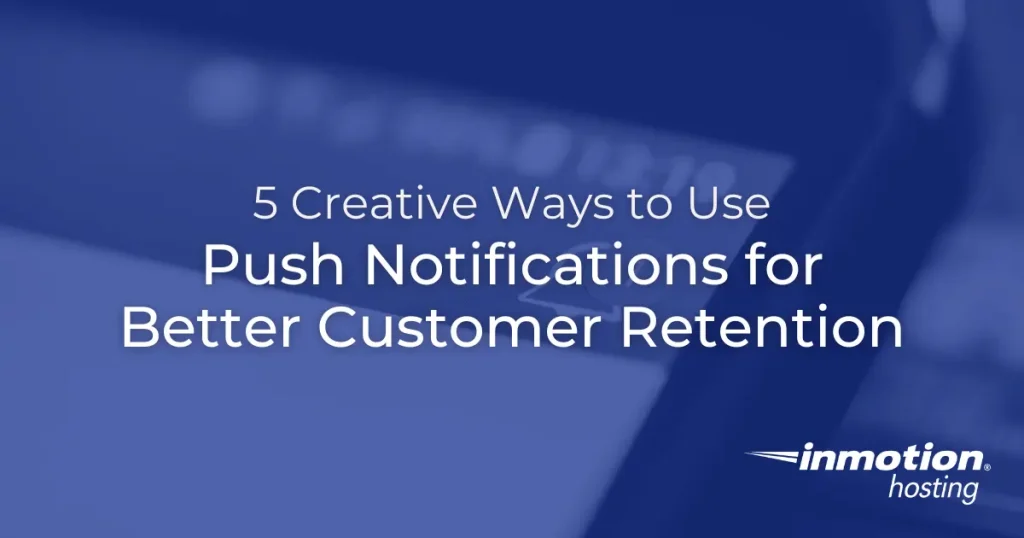You probably have heard that retaining customers is significantly less expensive than acquiring new ones. Not only that, but your loyal repeat customers spend on average 67% more than first time buyers.
Retaining customers is essential for long-term growth and loyalty — that much is clear. And one tool that’s sometimes overlooked in retention strategies is push notifications. They can engage and re-engage users without overwhelming them, making each interaction meaningful.
So, let us share five creative ways to leverage push notifications to keep your customers coming back.
1. Personalized Push Notifications Based on User Behavior
Tailor notifications to user behaviors to make each message feel like a personal recommendation. Personalized content can also increase engagement by 344%. Here’s how to make them specific and meaningful:
Purchase-based recommendations: Send suggestions based on past purchases. Example: “Liked our summer dress? Check out the new fall collection just for you!”Abandoned cart reminders: Remind users about items left in their cart. Example: “Looks like you forgot something! Complete your purchase and get free shipping.”Browsing history alerts: Suggest products similar to what they’ve browsed. Example: “Did you know our [product category] is back in stock?”

Personalized notifications remind customers you’re paying attention to their unique preferences, strengthening their connection to your brand.
2. Time-Sensitive Offers and Limited-Time Discounts
Urgency-driven notifications work wonders to increase engagement, especially when there’s a limited-time offer:
Flash sale alerts: Inform customers of time-bound deals. Example: “Flash Sale! Get 30% off sitewide today only!”Low stock alerts: Notify when stock is running low on popular items. Example: “Only a few left! Grab it before it’s gone!”Seasonal or holiday promos: Use holidays to offer special discounts. Example: “Holiday Special: 20% off on all products through December 24!”
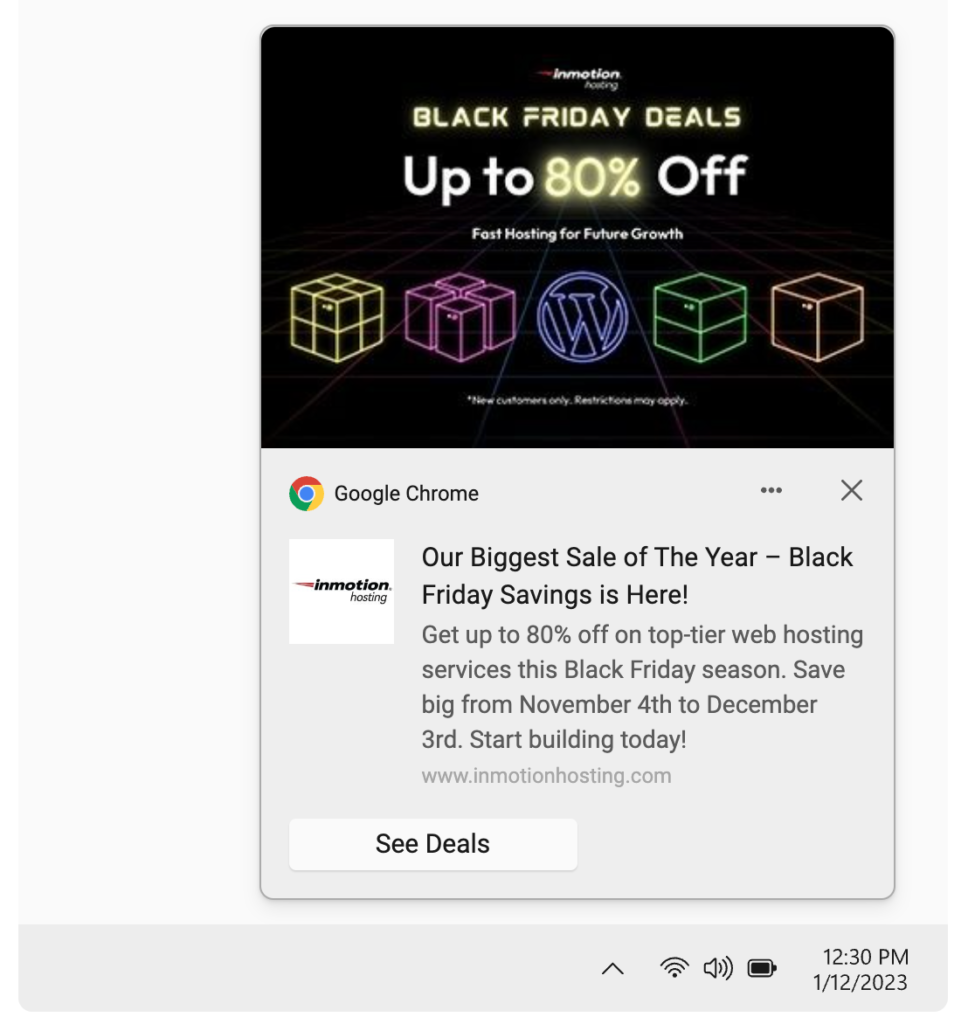
These alerts create a “now or never” feeling, prompting customers to act fast and stay engaged.
3. Re-Engagement Pushes for Dormant Customers
For customers who’ve gone quiet, re-engagement notifications can remind them of what they’re missing. Here’s how to do it thoughtfully:
Incentivized comebacks: Offer a small discount to reignite interest. Example: “We miss you! Enjoy 10% off your next purchase with code WELCOME10.”New arrivals & updates: Keep them informed of fresh offerings. Example: “New arrivals just dropped! Come back and explore our latest collection.”Personal check-ins: Make it feel personal with a simple “We miss you” message. Example: “It’s been a while! Here’s what’s new since your last visit.”
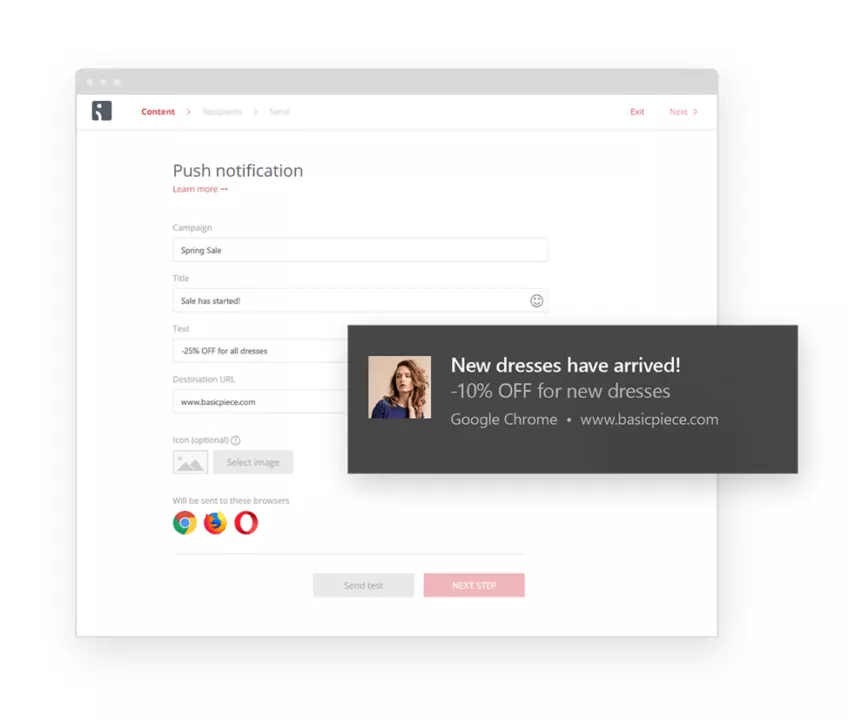
Strategic, respectful re-engagement notifications can effectively bring lapsed customers back without feeling intrusive.
4. Loyalty Program Updates and Rewards
Use push notifications to highlight loyalty perks and encourage ongoing engagement with your rewards program:
Points or milestone alerts: Let customers know when they’re close to earning a reward. Example: “Only 50 points away from a $10 discount!”Exclusive access: Send member-only offers or early sale access notifications. Example: “VIP Access: Get early access to our holiday sale!”Special birthday treats or anniversaries: Acknowledge customers with loyalty surprises. Example: “Happy Birthday! Enjoy a 15% discount as our gift to you.”
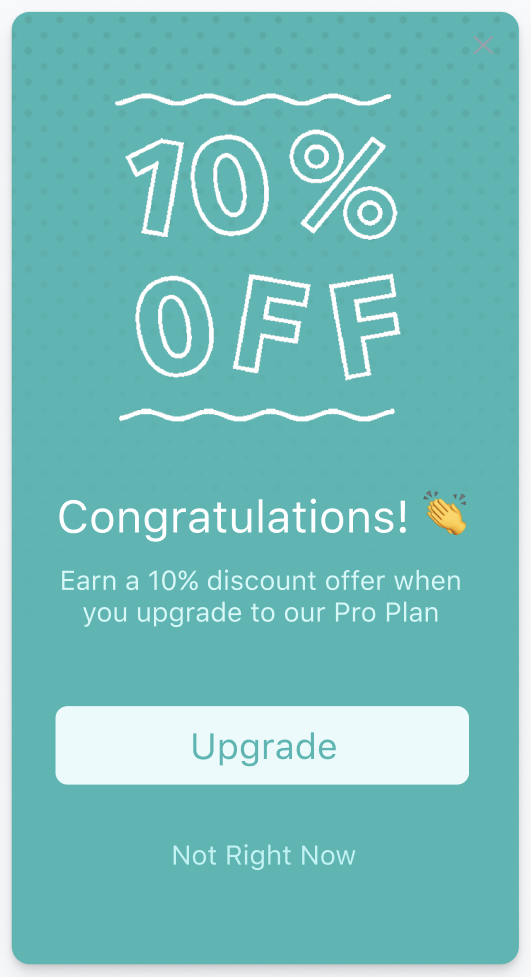
Reminders about loyalty rewards help customers feel valued, reinforcing their connection with your brand.
5. Post-Purchase Support and Upselling
The relationship doesn’t end after a purchase — follow-up notifications can provide support and encourage future purchases:
Product care tips: Offer value by helping customers maintain their purchases. Example: “Thanks for your purchase! Here are 5 tips to keep your product in top shape.”Upselling opportunities: Recommend products that complement the initial purchase. Example: “Loved your recent buy? Check out these items that pair perfectly!”Feedback requests: Ask for feedback to show you care about their experience. Example: “How are you enjoying your recent purchase? Let us know and earn reward points!”
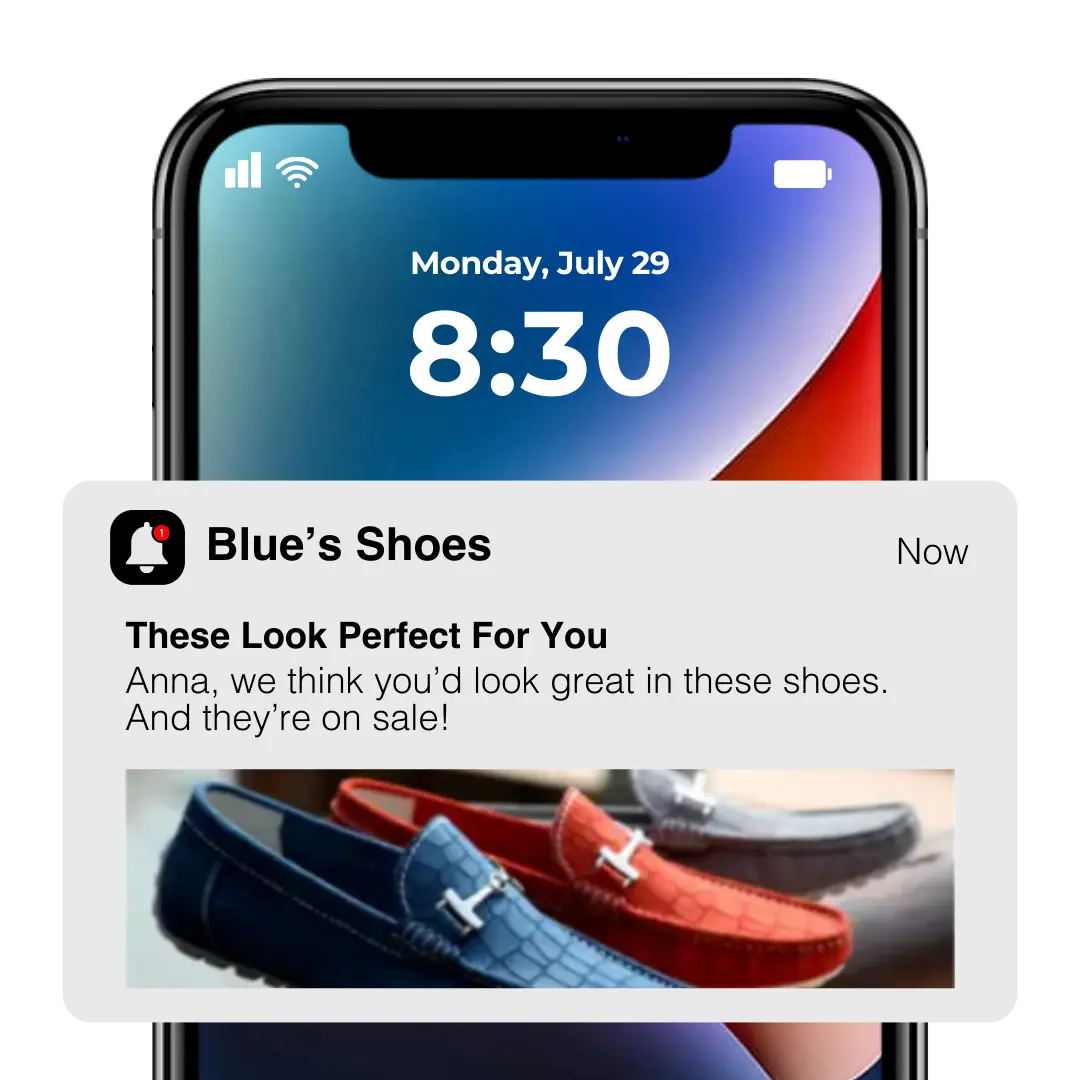
These notifications demonstrate your commitment to customer satisfaction and create an open line for continued engagement.
Choosing the Right Platform for Push Notification Management
Picking a platform for push notifications can make a huge difference in how smoothly you engage your customers. You’ll want a solution that lets you customize notifications, target specific segments, and automate your push notifications to reach users when it matters. Platforms that integrate with other marketing channels add even more value, making it easier to manage your communications in one place and create a seamless customer experience.
Omnisend is a great example, offering push notifications alongside email and SMS — all in one platform. It also provides comprehensive automation tools, advanced segmentation, and analytics to help you understand what works best with your audience. Omnisend even integrates with the leading CRMs and e-commerce platforms like WordPress, WooCommerce, Shopify, and Wix.
Conclusion
With these creative push notification strategies, you can connect with your audience in relevant, respectful ways. By tailoring notifications to customer behaviors, offering exclusive deals, and engaging customers in ways that add real value, you’re setting the stage for lasting loyalty. Experiment with these techniques, and find the balance that keeps your customers happy, engaged, and coming back for more.
Up Next: Discover the Top 10 eCommerce KPIs You Should Measure, and What They Tell You About Your Business

